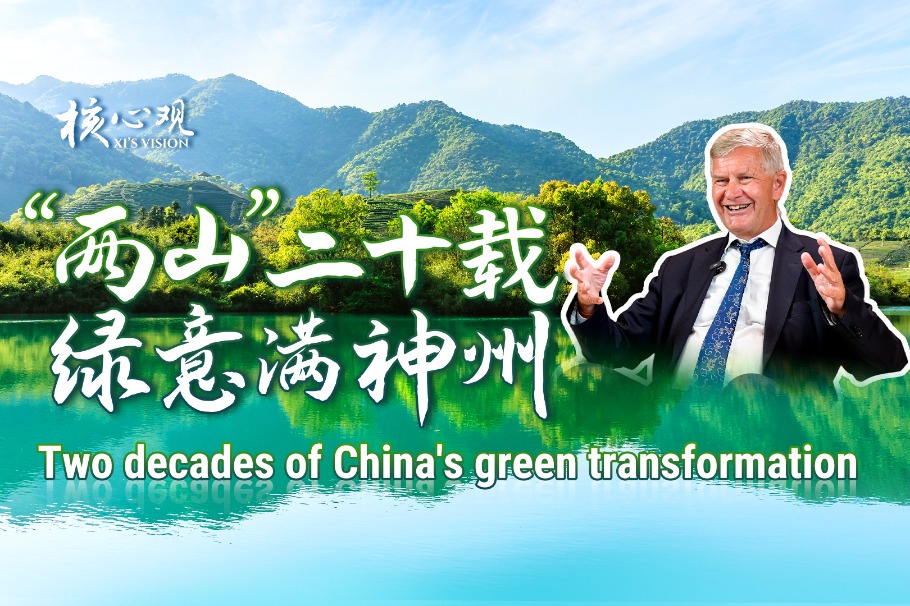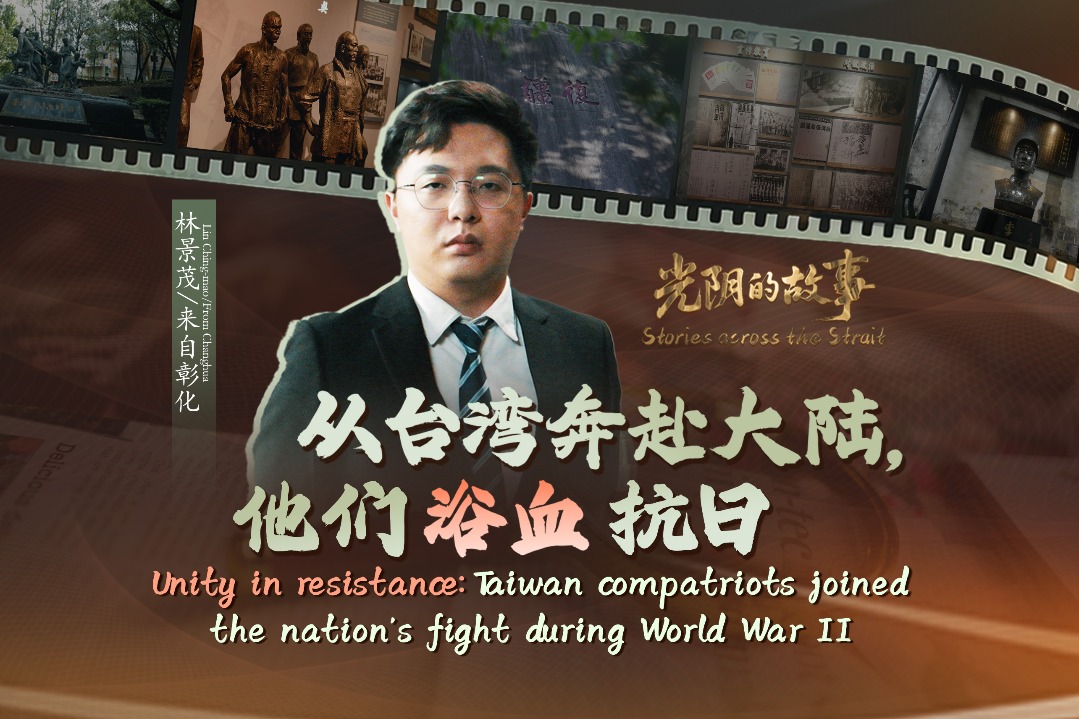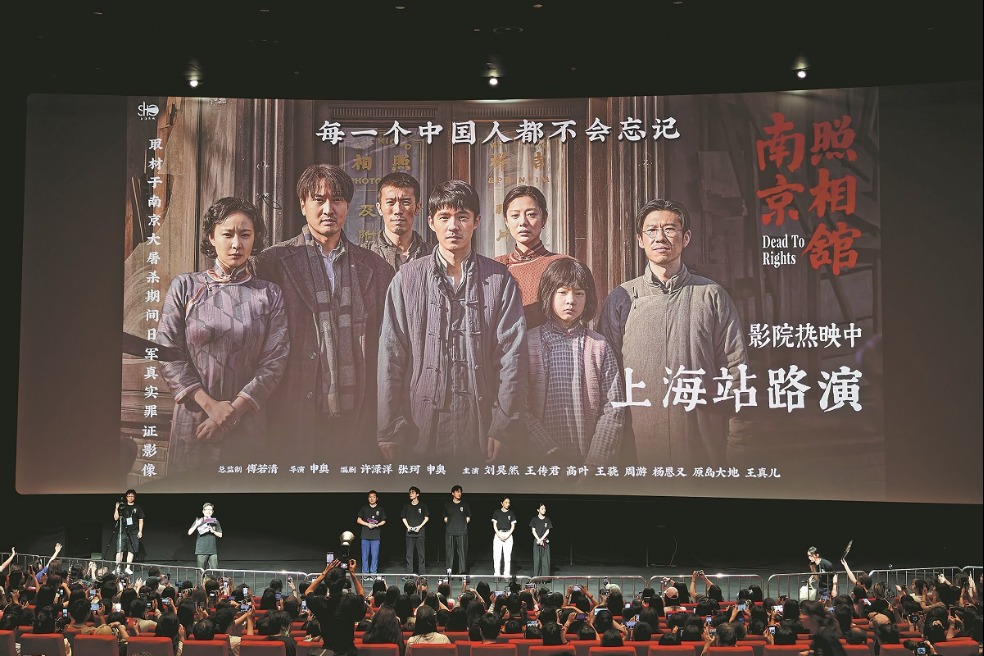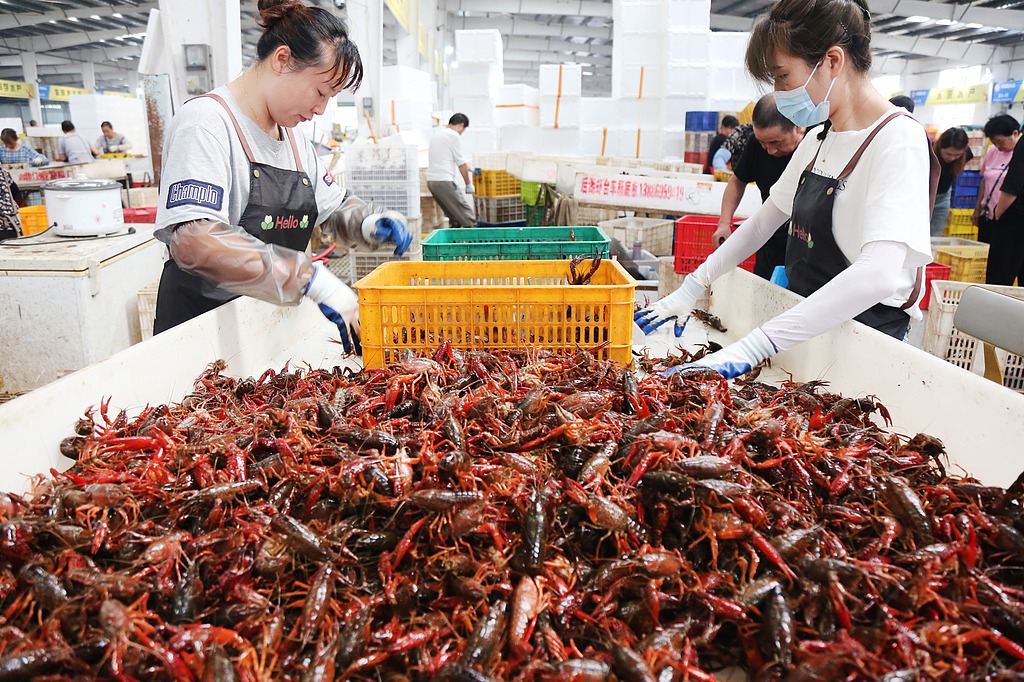As old as the weather
A recent archaeological forum seeks to connect past, present and future solutions to climate change, Wang Ru reports in Shanghai.

Last year was the hottest year in recorded history, the World Meteorological Organization declared at the United Nations Climate Change Conference, or COP28, in Dubai in November, generating heated discussions on climate change across the world. But climate change has been an issue for not only contemporary humans but also for ancient civilizations. And the scholars who attended the fifth Shanghai Archaeology Forum suggest that we may be able to take inspiration and insight from their experiences.
The forum, organized by the Chinese Academy of Social Sciences and the Shanghai municipal government, under the theme "Archaeology of Climate Change and Social Sustainability", brought together about 200 professionals from 40 countries and regions.
The forum was inaugurated in 2013 as an international platform highlighting cultural heritage's contemporary significance through lectures, group discussions and field trips to museums and archaeological sites.
"Understanding our past, particularly through the lens of archaeology, can yield invaluable insights into social adaptation to long-term climate change. Ancient societies also faced substantial challenges brought by climate change and adopted diverse strategies to cope with and adapt to these changes. Natural climate archives and archaeological records help us model and predict how climate change can shape and transform our lives, helping us search for sustainable trajectories toward the future," the executive committee explains in an official statement.
Rainy days
For example, the Yangshao people dating back 5,000 to 7,000 years in Zhengzhou, Henan province, were challenged by, and responded to, climate change in the Holocene epoch.
According to Liu Qingbin, a researcher at the Zhengzhou Institute of Cultural Relics and Archaeology, there was a period of continuously high temperatures and abundant rainfall worldwide during the Holocene from 8,000 to 3,500 years ago. The heat and precipitation peaked from 7,000 to 5,000 years ago, when the Yangshao people lived in what is now China's Central Plains, including Zhengzhou.
"Archaeological studies show the Yangshao people adopted multiple strategies to adapt to the climate," says Liu.
The Yangshao settlements in Zhengzhou were mostly in mountainous areas in the west of the city, occupying higher terrain instead of the plains in the east. The handful that were on the plains were on hillocks.
Liu says this was probably to avoid flooding, given the copious rain.
Also, most of the settlements were surrounded by large moats that facilitated water drainage. Some had two or three layers of moats, says Liu.
For example, the Shuanghuaishu site in Gongyi, Zhengzhou, hosts the ruins of a huge city dating back 5,300 years, with three layers of moats. Studies of their sediment reveal distinctive water-flow characteristics.
"This means that although the moats served the function of military defense, in daily life, they were used to store and drain water," says Liu.
During the Yangshao period, buildings were often made of mud and suspended atop wooden beams. This construction format offered protection from moisture and pests, and was suited to hot and rainy places, he says.
He also mentions that people fired the exteriors of the earthen houses at the Dahecun site in Zhengzhou, dating back 6,800 to 3,500 years, to make them water-resistant.
Also, rice has been found in many Yangshao settlements in Zhengzhou, although Zhengzhou is located in a relatively dry area, where millet would otherwise be the main crop. Scholars infer the Yangshao people adjusted their crop composition to include rice, which typically grows in warm and wet places, besides millet.
Such adaptations enabled the Yangshao people to thrive and their culture to contribute to the origin of Chinese civilization, Liu says.
Dry spells
Conversely, people in other places and times had to deal with drought.
Northern Arizona University professor Jaime Awe compares people's responses to droughts in ancient Mayan territories with other societies in different times, including Brazil in the 19th century, Spain in the 18th century and the southwestern United States in the 1930s.
Recent and ongoing research shows that the Maya adopted a range of agricultural approaches like raised and terraced fields and kitchen gardens to respond to droughts in the regions they inhabited in Central America's central lowlands from the eighth to the 10th centuries.
Moreover, they appealed for divine intervention.
"Use-intensity study indicates that there was a dramatic increase in cave ritual activities during the period," Awe says, adding that the Maya even offered human sacrifices in caves to pray for rain.
Measures adopted by people from other regions included increased grain storage, construction of dams and reservoirs, religious activities and reliance on "hard-time" foods — plants and animals they typically wouldn't eat, including certain reptiles, bats and vultures.
However, ancient Mayan efforts were in vain and the central lowlands were eventually abandoned. Awe says severe, multiyear droughts led to decreased food, increased competition for resources, and higher rates of conflict, violence and mortality, until they finally migrated.
"With almost all efforts failed, you have to put on your walking boots and move out. And it seems it's consistent. It did not just happen to the Maya. It happened all over the world. So, in some respects, the ancient Maya were some of the early climate refugees," says Awe.
Today's ancient problem
Yet it's not just people of the past but also their tangible legacies that are at risk today, as contemporary weather threatens ancient cultural heritage sites' surviving remains, prompting archaeologists to explore solutions.
China's overall precipitation is increasing, and its extreme weather risks are intensifying, National Centre for Archaeology researcher Zhang Zhiguo says, citing reports by the Climate Change Center of the China Meteorological Administration and the Intergovernmental Panel on Climate Change.
In 2021, for example, rainstorms lasting several days straight soaked parts of Shanxi, damaging 1,783 immovable cultural heritage relics in the province, says Zhang.
He says rainfall can cause erosion of surfaces, but sudden and excessive downpours can exceed drainage capacity, threatening or even destroying foundations.
"It's common that trees with expansive root systems spread all over a site, especially on the remains of city walls. When heavy rain causes these trees to fall, they often do so while clinging to chunks of the walls with their roots," Zhang says.
"So, we should clear out trees with extensive roots on earthen structures like city walls. Protective covers like tarps or rammed earth can also reduce damage. Also, drainage should be improved."
Altogether, 19 archaeological projects and studies were given awards at the forum, including the early monumental constructions at the Aguada Fenix site in Mexico; excavations of the early-stage Harappan cemetery dating from 3200 to 2600 BC in Gujarat, India; and discoveries at the Sanxingdui site in Guanghan, Sichuan province.

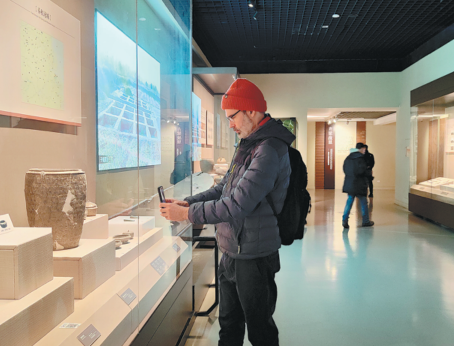
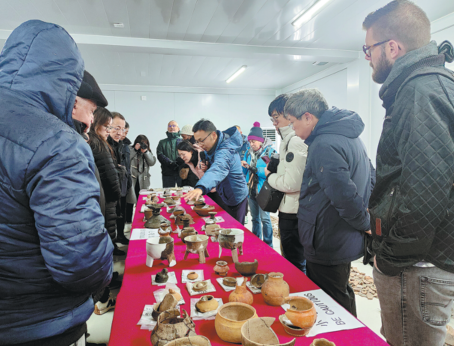
Today's Top News
- Japan must face up to its wartime past
- Vision turns county into green model
- China rolls out new visa type for young science talent
- Cambodia, Thailand urged to engage in dialogue, rebuild trust
- China stays at forefront of global digital growth
- Beautiful China vision has sown the seeds for the blossoming of an ecological civilization: China Daily editorial
















